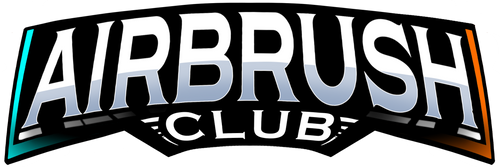-
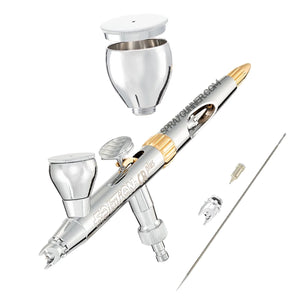
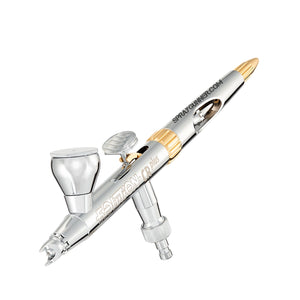 Vendor:Airbrush Club
Vendor:Airbrush ClubHarder & Steenbeck NEW EVOLUTION CRPLUS 2024 2in1 airbrush
Regular price From $222.00Regular price -

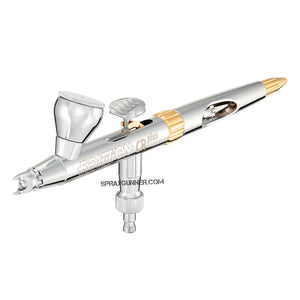 Vendor:Airbrush Club
Vendor:Airbrush ClubHarder & Steenbeck NEW EVOLUTION CRPLUS 2024 SOLO airbrush (0.28)
Regular price From $167.00Regular price -
Sold out
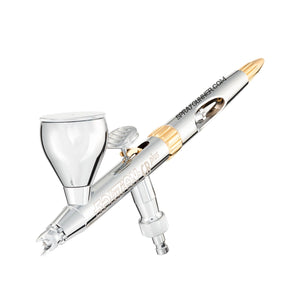
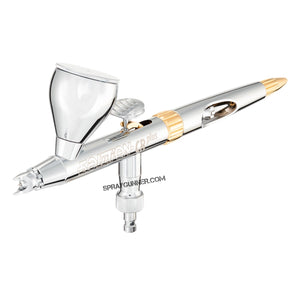 Vendor:Airbrush Club
Vendor:Airbrush ClubHarder & Steenbeck NEW EVOLUTION CRPLUS 2024 SOLO airbrush (0.45)
Regular price From $167.00Regular price -
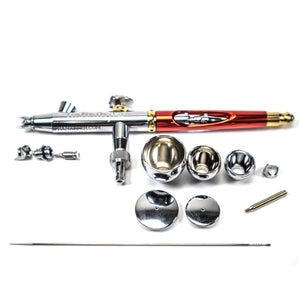
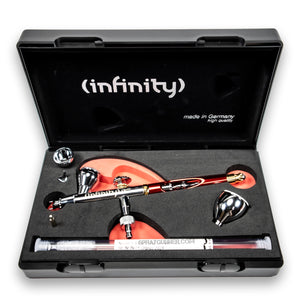 Vendor:Airbrush Club
Vendor:Airbrush ClubHarder & Steenbeck NEW INFINITY 2024 2in1 airbrush model with options (pre-order)
Regular price From $360.00Regular price -
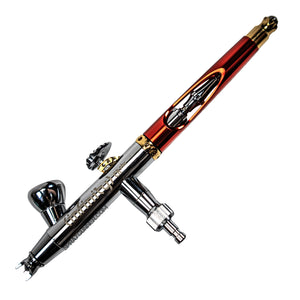
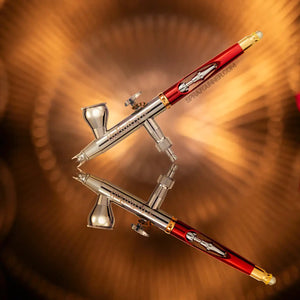 Vendor:Airbrush Club
Vendor:Airbrush ClubHarder & Steenbeck NEW INFINITY 2024 Solo airbrush model with options (pre-order)
Regular price From $280.00Regular price -
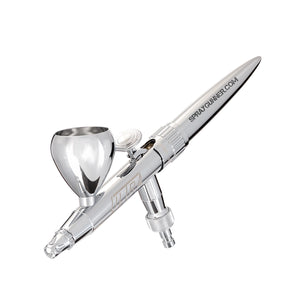
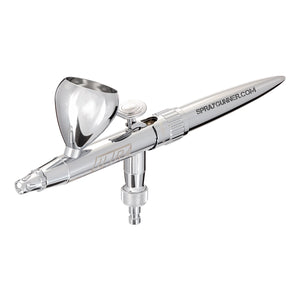 Vendor:Airbrush Club
Vendor:Airbrush ClubHarder & Steenbeck NEW ULTRA airbrush 2024 model with options
Regular price From $110.00Regular price -

 Vendor:Iwata
Vendor:IwataIwata Custom Micron CM-C Gravity Feed Dual Action Airbrush With Options
Regular price From $466.75Regular price -

 Vendor:Iwata
Vendor:IwataIwata Custom Micron CM-C Plus Gravity Feed Dual Action Airbrush With Options
Regular price From $557.25Regular price -
Sold out

 Vendor:Iwata
Vendor:IwataIwata Custom Micron Takumi Side Feed Dual Action Airbrush With Options
Regular price From $514.50Regular price -

 Vendor:Iwata
Vendor:IwataIwata Eclipse HP-CS Gravity Feed Dual Action Airbrush with Options
Regular price From $170.00Regular price
Discover the Precision and Versatility of Gravity Feed Airbrushes
A gravity feed airbrush is an essential tool in the airbrushing world, providing excellent control, precision, and efficiency across a variety of applications. Whether you're a beginner exploring airbrushing or a seasoned professional, understanding the unique features and benefits of a gravity feed air brush can help you find the right tool for your creative needs.
What is a Gravity Feed Airbrush?
A gravity feed airbrush has a paint cup located on top of the airbrush body, allowing gravity to draw the paint down into the airbrush for spraying. This design stands out from siphon feed airbrushes, which use suction to pull paint from a container beneath the airbrush. The gravity feed design requires less air pressure, providing enhanced control for detail work.
Benefits of Gravity Feed Airbrushes
- Precision and Control: The lower air pressure needed for a gravity feed airbrush makes it ideal for detailed, intricate work. With this setup, artists can control paint flow smoothly, allowing for fine lines and detailed shading.
- Efficient Paint Usage: Positioned above the airbrush, the paint cup uses paint more efficiently, reducing waste and minimizing refills during projects.
- Versatility: Gravity feed airbrushes are compatible with various paints and mediums, such as acrylics, inks, and enamels. They’re versatile enough for fine art, illustration, model painting, and even automotive detailing.
- Easy Cleaning: The paint cup is part of the airbrush body, making it easy to rinse out and clean. This design simplifies maintenance compared to siphon feed models.
Key Features to Look for in a Gravity Feed Airbrush
- Cup Size: Gravity feed airbrushes offer different cup sizes to match project needs. Smaller cups work well for detail work and quick color changes, while larger cups suit projects requiring more paint.
- Needle and Nozzle Size: Smaller needles (0.2mm-0.3mm) are great for detailed work, while larger needles (0.5mm+) provide broader coverage for larger areas.
- Dual-Action Trigger: Most gravity feed airbrushes feature a dual-action trigger, allowing control over both air and paint flow for versatile application.
Popular Gravity Feed Airbrush Models
Some top gravity feed airbrush models include:
- Iwata Eclipse HP-CS: Known for reliability, this model features a 0.35mm needle and a large paint cup, making it versatile for different applications.
- Harder & Steenbeck Infinity: This airbrush offers high precision with a quick-fix end piece to preset paint flow, ideal for detailed work.
- Badger Patriot 105: A beginner-friendly gravity feed airbrush with a large paint cup, durable construction, and easy-to-use features, suitable for both beginners and professionals.
Tips for Using a Gravity Feed Airbrush
- Thin Your Paints: Properly thin paints to avoid clogs and ensure a smooth flow. Follow the manufacturer’s thinning recommendations for best results.
- Practice Control: Spend time practicing on a test surface to become comfortable with adjusting the dual-action trigger and controlling paint flow.
- Regular Maintenance: Clean your airbrush thoroughly after each use. Periodically disassemble the needle and nozzle to keep your airbrush in optimal condition.
Conclusion
A gravity feed airbrush is an excellent choice for artists and hobbyists seeking precision, efficiency, and adaptability. Understanding its features can help you select the ideal airbrush for your creative projects. Whether you’re working on detailed illustrations, model customization, or larger surfaces, a gravity feed airbrush provides the control and reliability needed to achieve professional-quality results.
